In the past few decades, more information has been published on the ability of microplastics to penetrate everything from food, air, water, and even our bloodstream and essential organs. Almost all men and women tested have had foreign objects discovered in their reproductive organs as well.
However, new research has been published on the harm these plastics cause to our bodies; it might not be as bad as we previously thought.
What Are Microplastics?
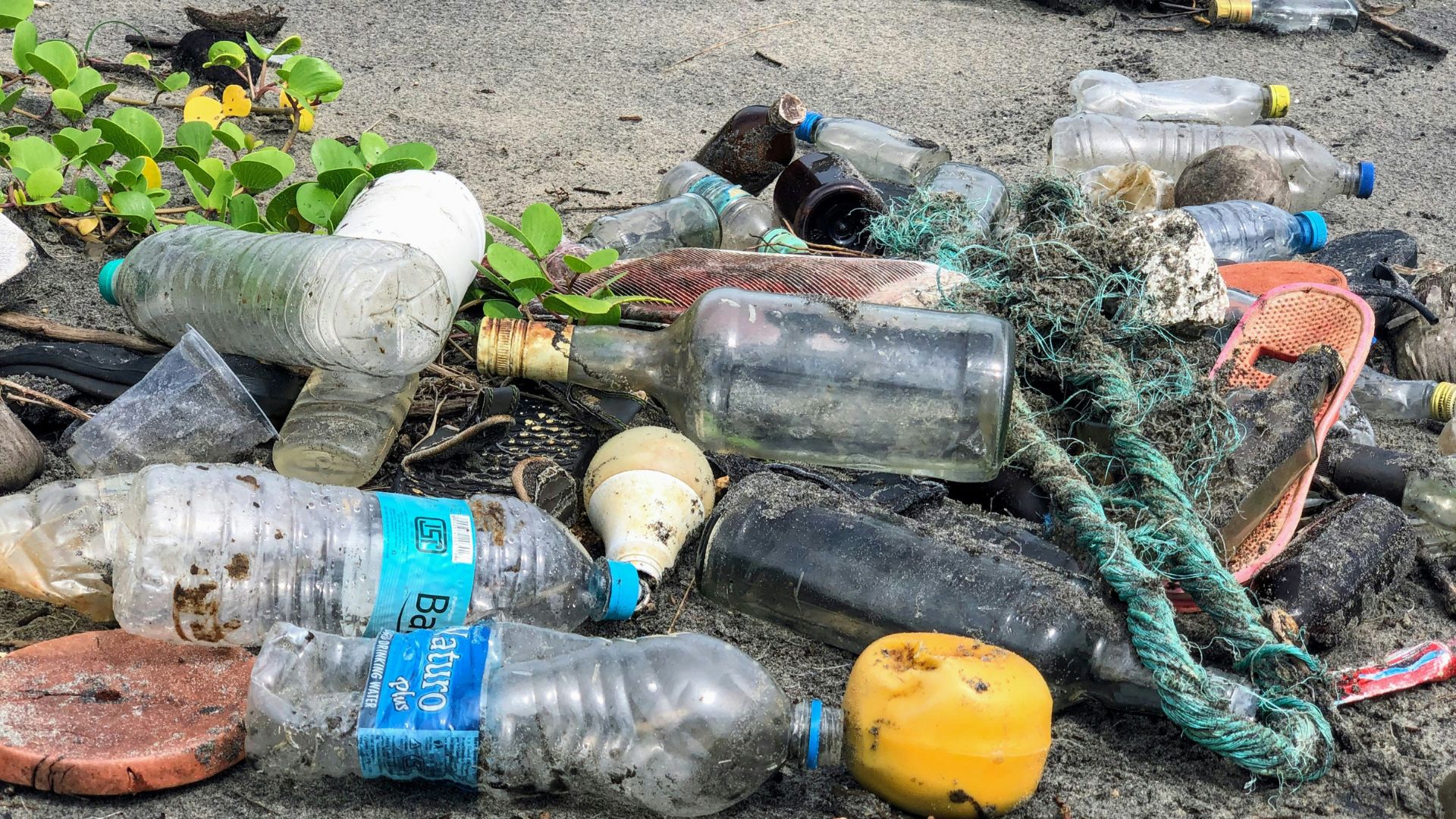
Microplastics are extremely small pieces of plastic debris that wind up in the natural environment from the disposal or breakdown of consumer products and industrial waste.
One example of microplastics is pop bottles stuck in the ocean, slowly breaking down but creating millions of pieces of garbage. As well, makeup items like glitter that go down the drain are examples of plastics that immediately go into the water system.
Do Microplastics Harm Us?
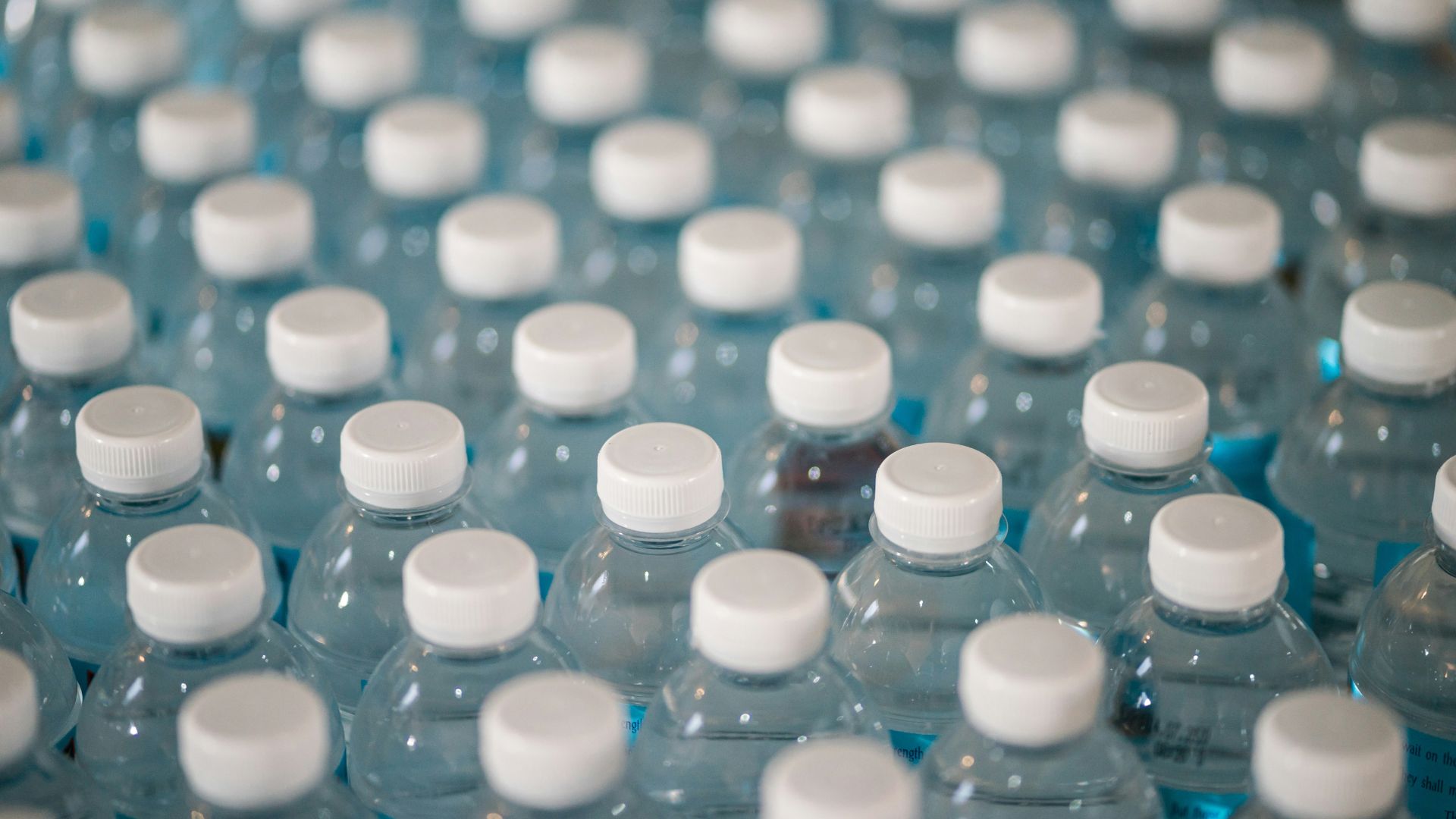
Although some evidence has suggested that added plastics in the body can dysregulate hormones, some scientists and doctors are unsure that the plastics will cause long-term damage.
A San Francisco-based obstetrician, Dr. Marya Zlatnik, has studied environmental toxins during pregnancy and has raised concerns about plastics’ impact on the health of babies and moms. Although it’s an entirely new field, Zlatnik says she’s “not entirely sure what to say yet.”
Where Have Microplastics Been Found?

Earlier this year, the media was abuzz with news that microplastics were found in remote places completely removed from human activity.
A study in Nature Journal found that microplastics were found in the Arctic and have been digested by marine life. Scientists note that the proliferation of plastics spread across the globe through wind and water currents, often embedding themselves into far-reaching corners.
Are Microplastics Inside of You?

There is ample research to suggest that everyone alive today, including unborn babies, has microplastics inside of their bodies and bloodstream.
However, there has been a healthy debate on how much plastics people actually ingest everyday through food and how much they might just inhale through air based on where they live.
How Much Plastic Do We Consume?

A team of Australian researchers working with the World Wildlife Fund calculated that, on average, people consume roughly 5 grams of plastic per week in the form of food and beverages. They also say that this amount is equivalent to the size of a credit card.
Although the estimate is not universally agreed upon by researchers on the subject, it is commonly mentioned in news articles, and several other experts note that the amount of plastics ingested is alarmingly high.
Particles Found in All Parts of the Body
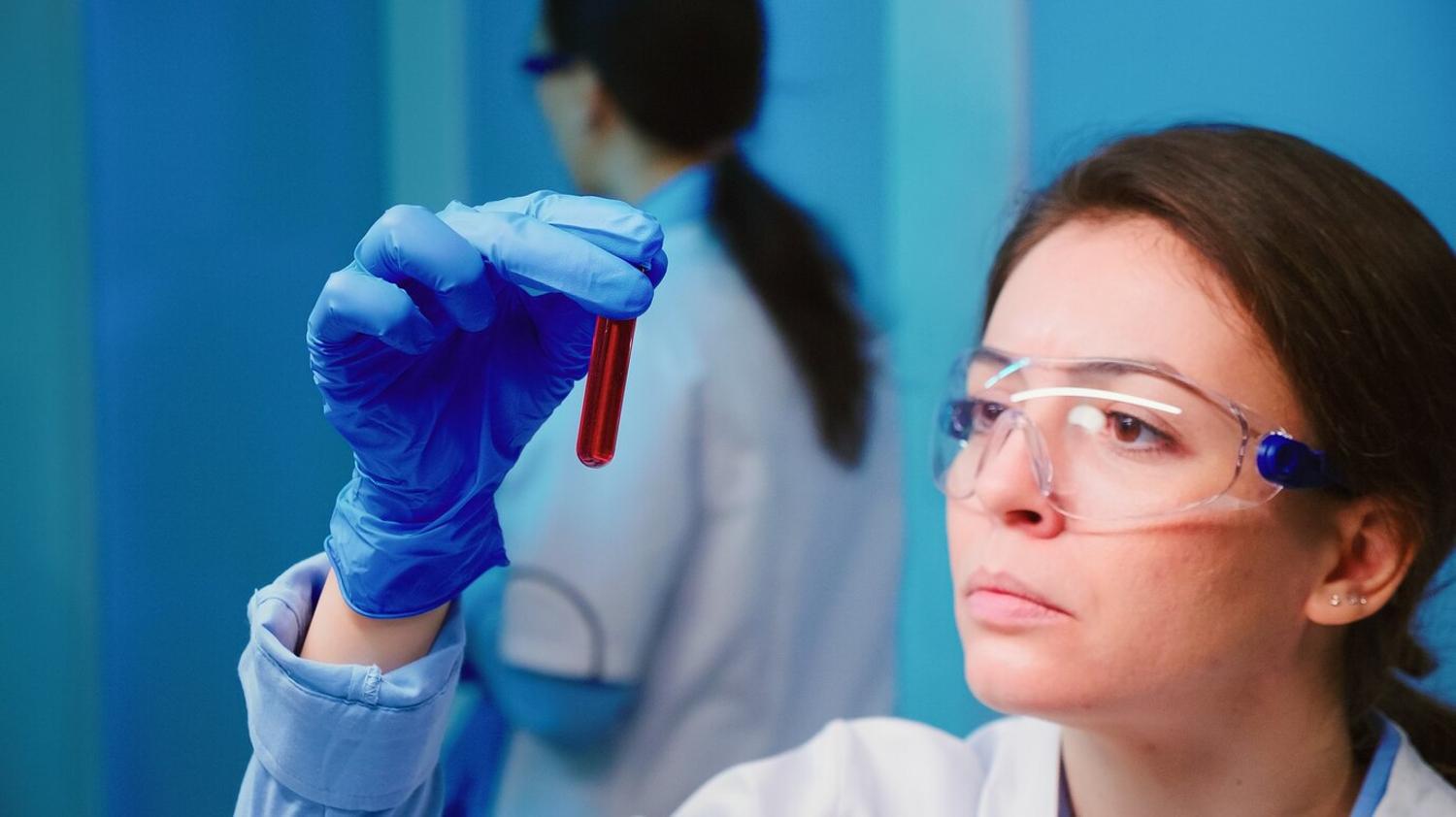
Researchers on the subject note that they are still trying to understand exposure levels. However, several studies have backed up the findings that plastics have penetrated every inch of our bodies.
Tracey Woodruff, a University of California at San Francisco researcher, says, “Microplastics have been measured in pretty much all of the body tissues that have been evaluated.” A report shows that the plastics have been discovered in the penis, ovaries, and placentas of pregnant women.
Will the Microplastics Harm Us?

A report by the World Health Organization in 2022 showed that there was no clear risk to human health based on the current levels of plastics in the body.
So far, there have been no indicators of a widespread public health impact, at least in mortality. However, there are certain illnesses on the rise with no other specific cause, such as cancer in young people.
Some Diseases Have Been Declining in Recent Years
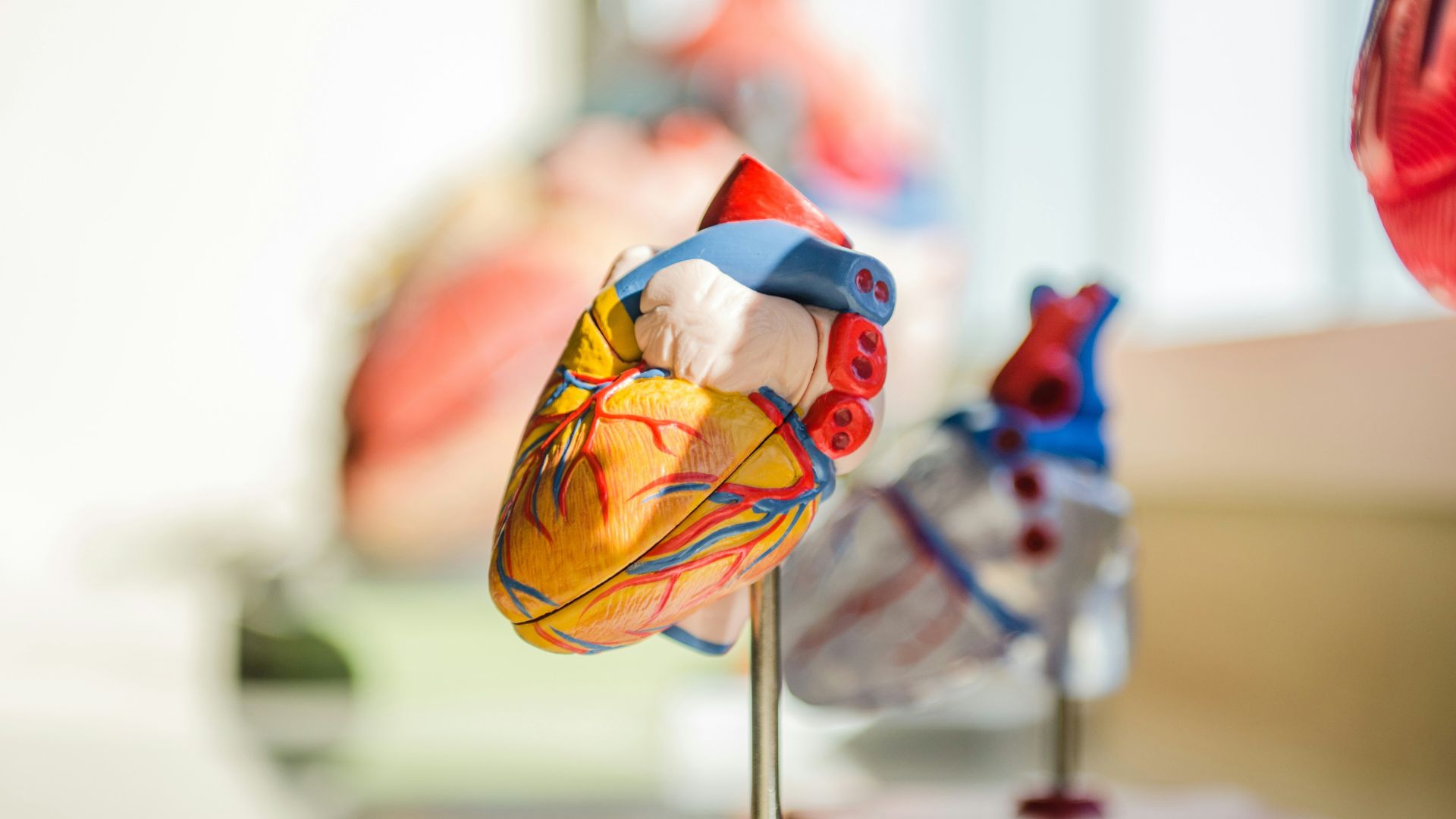
Despite the proliferation of microplastics in human blood and reproductive systems, global rates of cancer, heart disease, and stroke death rates have actually been falling over recent years.
However, some researchers note that the study of microplastics in the body is an emerging science; it will take some time (probably decades) to discover the possible health effects.
Plastics Contain Harmful Chemicals
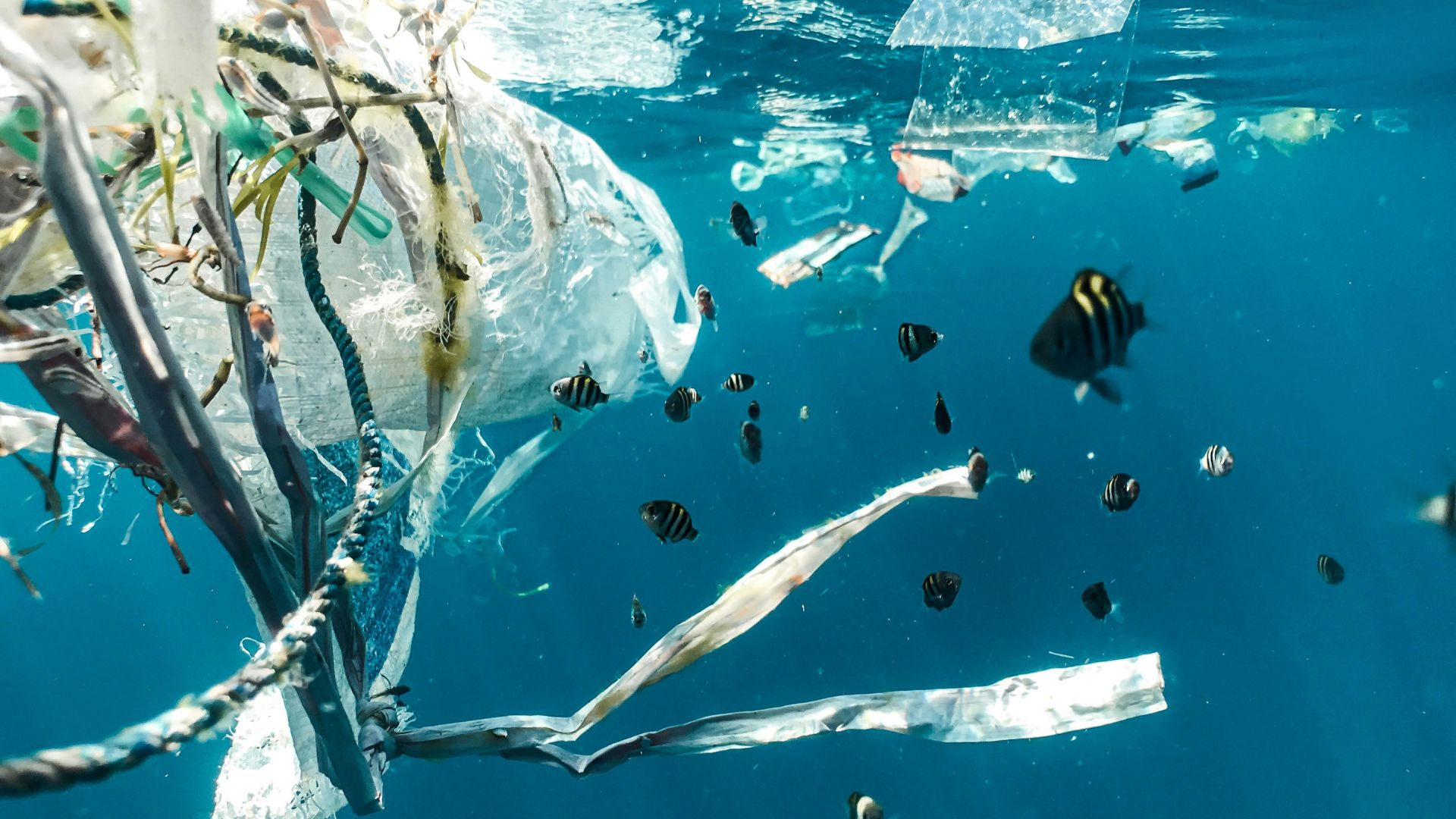
Despite the WHO report, many people are still concerned that the microplastics could wreak internal havoc on the body without obvious clues.
Plastics contain toxic chemicals. The particles could play a role in the rising rates of cancers in young people, or they could expose an entirely new illness or symptom previously unseen in older generations.
Plastics in the Heart Can Cause Diseases

Available information shows that plastics can create inflammation and other changes in the body related to hormonal issues.
A study in the New England Journal of Medicine published this year suggested that there is evidence of plastics in arteries that create a greater risk of heart attack and stroke.
How To Protect Your Health

There are a few ways to reduce potential plastic exposure in your own body.
Researchers say that taking your shoes off before going into the house avoids tracking in plastic-laden dust, eating organically grown fruits and veggies prepared at home, avoiding the microwave or plastic meal trays, and opting for metal silverware and drink containers instead of plastic forks and bottles can significantly reduce the amount of microplastics you consume each week.








































